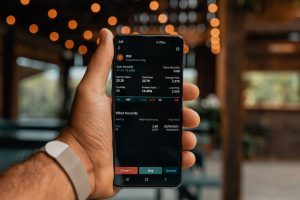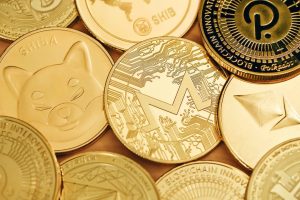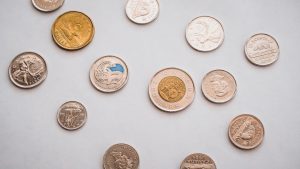Trading futures and forex are two investment options that are often used by traders to make a profit in the financial markets. Both involve the buying and selling of assets, but they differ in the type of asset traded, the trading platform used, and the risks involved.
Futures trading involves the buying and selling of standardized contracts on futures exchanges. These contracts are agreements to buy or sell a particular asset, such as commodities or financial instruments, at a specified price and time in the future. Futures trading is typically done through electronic trading platforms that connect traders to the futures exchanges.
Forex trading, on the other hand, involves the buying and selling of currencies in the global foreign exchange market. The forex market is decentralized, meaning that there is no central exchange, and trades are conducted through a network of banks, brokers, and other financial institutions. Forex trading is often done through online trading platforms that provide access to the market and allow traders to buy and sell currencies in real-time.
One of the key differences between futures and forex trading is the type of asset being traded. Futures trading involves the buying and selling of contracts for physical commodities, such as oil, gold, or wheat, as well as financial instruments, such as stock indices or currency futures. Forex trading, on the other hand, involves the buying and selling of currencies, with the aim of making a profit from changes in exchange rates.
Another difference between futures and forex trading is the trading platform used. Futures trading is typically done through electronic trading platforms that connect traders to the futures exchanges. These platforms provide traders with access to real-time market data, as well as tools and resources to help them make informed trading decisions. Forex trading, on the other hand, is often done through online trading platforms that provide access to the global forex market. These platforms typically offer a range of trading tools and resources, including real-time market data, charting tools, and technical analysis indicators.
One of the main advantages of trading futures and forex is the potential for profit. Both markets offer the opportunity to make a profit from changes in the price of the underlying asset. Futures traders can profit from changes in the price of commodities or financial instruments, while forex traders can profit from changes in exchange rates. However, both markets also carry significant risks, and traders must be prepared to manage these risks to avoid significant losses.
In futures trading, one of the main risks is price volatility. The price of commodities and financial instruments can be highly volatile, and sudden price movements can result in significant losses for traders. To manage this risk, traders can use risk management tools, such as stop-loss orders or limit orders, to limit their exposure to price volatility.
In forex trading, one of the main risks is currency risk. Currencies can be highly volatile, and sudden changes in exchange rates can result in significant losses for traders. To manage this risk, forex traders can use risk management tools, such as stop-loss orders or hedging strategies, to limit their exposure to currency risk.
Overall, trading futures and forex can be a lucrative investment option for traders looking to make a profit in the financial markets. However, it is important to understand the risks involved and to have a solid trading plan in place to manage these risks. With the right approach, traders can take advantage of the opportunities offered by these markets and make a profit from their investments.





